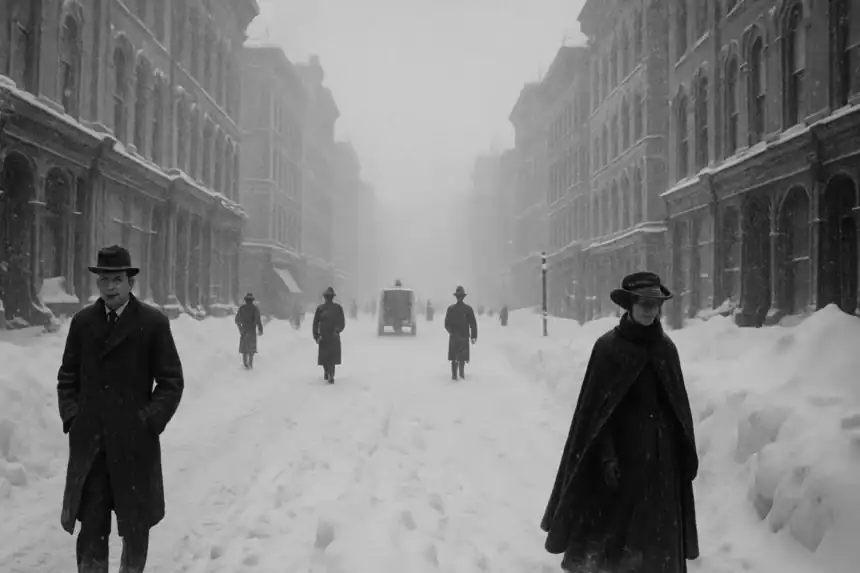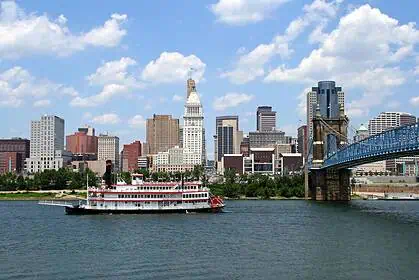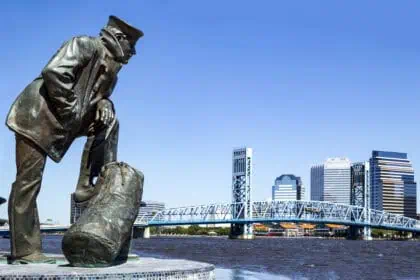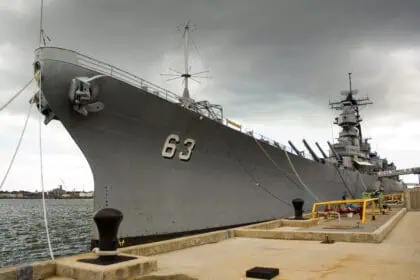
A March turned upside down: from rain to a white inferno
On the eve of disaster, Manhattan was wrapped in unseasonable warmth. Rain fell, puddles shimmered along the avenues, and no one suspected the sudden reversal ahead. Overnight, a northeast wind swept in, Arctic air spilled over the Atlantic, and rain turned to sharp, granular snow. By dawn on March 12, the pressure had dropped, gusts topped 45 to 50 mph, and temperatures plunged within hours—a flash-freeze from slush to solid ice.
In Central Park, about 21 inches fell in three days—enough to make weather history. Inland New York State, Connecticut, and Massachusetts saw totals well over three feet. Winds piled the snow into drifts far taller than a person: white walls that swallowed doors, fences, and storefronts. By morning, the city was engulfed in a blinding, stinging dust of ice that erased the edges of everything.
A city frozen still
In 1888, New York’s transportation system depended on elevated railways and a maze of overhead telegraph and telephone lines. Within hours, the storm stopped trains on the el: engines and cars stranded on iced-over tracks, engineers blind in the gale, passengers forced to climb down emergency ladders onto streets that no longer existed.
On the ground, carriages and omnibuses sank into snowbanks that towered above a man’s height from Brooklyn to Broadway. Rescue teams moved with ropes strung along sidewalks because visibility in the heart of the blizzard dropped to just a few feet.
Down at the harbor, chaos reigned. The Lower Bay churned with foam, ice, and blowing snow; ships drifted helplessly or smashed against piers while trying to find shelter. The New York Stock Exchange suspended trading—a rare event—and newspapers appeared sporadically, if at all. On land, rail service between Washington, D.C., and Boston was down for days: wires snapped, poles encased in ice, messages silenced. The storm exposed the fragility of a city literally “hanging in the air.”
A catastrophic weather event
Numbers can’t capture the smell of the cold or the eerie silence after the wind died down, but they hint at the scale of the disaster. Across the Northeast, more than 400 people died—of exposure, shipwrecks, or roof collapses under the snow’s weight. Damages in New York alone exceeded $20 million at the time—an enormous sum for the late nineteenth century.
As the wind eased, an “army of shovels” mobilized: thousands of workers and volunteers clearing intersections and tracks, loading snow onto wagons to haul it away from clogged neighborhoods. When the thaw came, meltwater flooded basements and warehouses, revealing another side of the crisis—the cascading economic toll on stores, theaters, and wholesale markets.
The classic nor’easter: anatomy of a blizzard
Meteorologically, the 1888 storm was a textbook nor’easter. A deepening extratropical low along the Atlantic jet stream pulled in frigid continental air from the west and moisture-rich oceanic air from the east. The sharp thermal contrast fueled heavy, persistent snow and fierce winds that turned an “ordinary” storm into a full blizzard.
All the classic criteria were met: visibility under a quarter mile for hours, strong gusts, and snow lifted and swirled from the ground. The wind sculpted the snow into waves and unstable dunes; turn a corner, and the sidewalk might rise from a few inches to ten feet. That’s why official measurements tell only half the story—blowing snow redistributes itself, creating neighborhood-scale microclimates, street by street.
Then there’s the psychological effect of total whiteout. When landmarks vanish and sound is muffled, the mind loses its bearings. That’s why, at the storm’s peak, residents stretched ropes along sidewalks and between doorways—a simple lifeline to avoid getting lost just steps from home. That primal instinct—to grab onto something—says a lot about the human side of an extreme event in an era with no radar, no computer forecasts, no modern alerts.
After the snow: New York’s underground revolution
Paradoxically, the storm’s most lasting impact lay below the surface. The shock was administrative, industrial, and cultural. City leaders and private companies realized that overhead wires weren’t just unsightly—they were dangerously vulnerable. A sweeping campaign began to bury electrical, telegraph, and telephone lines, accessed through manholes and service chambers. It reshaped both the look and the safety of the streets for generations.
At the same time, the crisis reignited debate over a subway system. Elevated trains—spectacular symbols of modernity—had proved fragile against ice and wind. A sheltered underground network appeared to be the logical solution. Boston opened the first U.S. subway in 1897; New York followed in 1904, ushering in the age of the “two-level city.” It’s hard to overstate how that chain—storm, paralysis, reform—defined the invisible infrastructure of the modern metropolis.
City scenes: chronicles, photographs, memory
Images from the time—late daguerreotypes, albumen prints, early glass photographs—show horses belly-deep in snow, ladders reaching second-story windows for entry, and ropes stretched between buildings as guides for the blind.
Along Madison Avenue, Park Place, and Broadway, the streets became white canyons. In Brooklyn, children posed beside snowbanks as tall as a wall. Diaries and newspapers are full of small, vivid details: shops selling galoshes at outrageous prices, hotels overflowing, firefighters with frozen hoses, doctors on makeshift skis. The city’s vocabulary borrowed from the sea—waves, dunes, canyons—to describe the snow. And in the collective memory lingered that feeling of seeing Manhattan, Queens, the Bronx, Brooklyn, and Staten Island turned into one vast Arctic landscape.
A benchmark for the future
Ever since, every major Northeast snowstorm has been measured against that March 11–14, 1888 benchmark. The tools have changed—satellites, Doppler radar, numerical models—but the lesson endures: preparation and design matter as much as prediction.
The city that emerged from the blizzard had learned to spread risk across layers, to protect networks physically, and to build redundancy into critical systems. Much of what’s invisible in today’s New York—its cables, pipes, and lines—owes its hidden resilience to those four days of wind and snow.
Credits: NOAA Physical Sciences Laboratory, Encyclopædia Britannica, Smithsonian – National Museum of American History, National Weather Service – NYC Central Park Climate, Library of Congress









